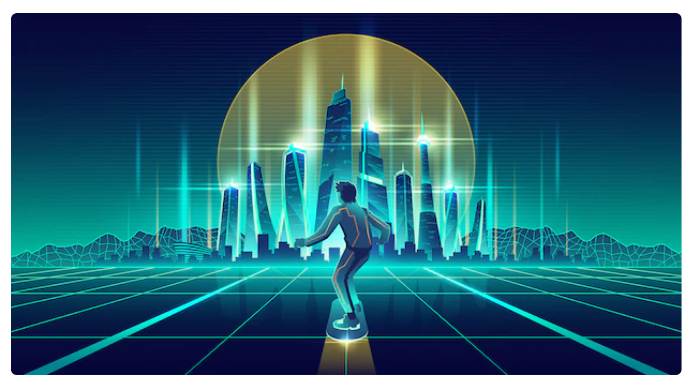The ability to monitor screenshots appears to be particularly useful when considering enterprise security. But regardless of its legality, we’ll talk about it in this blog article.
These days, it’s legal to observe workers, and employers can confidently monitor workers’ computer usage. However, there are some restrictions depending on federal legislation of the government. You must show some consideration for the employees’ privacy as their employer. Additionally, there are several laws that preserve everyone’s right to privacy. Therefore, we are unable to determine with certainty whether or not monitoring employee computer screenshots is a practical choice.
There are obviously some questions regarding the legality of employee surveillance when it comes to jurisdiction. Is it acceptable for bosses to look at employees’ computer displays, especially with screenshot monitoring? Or does the use of screenshot tracking have any legal restrictions that limit it?
These are a some of the queries that employers might be thinking about. And I’ve made a few points here in order to provide you satisfying responses.
DO EMPLOYERS OWN THE WORKING HOURS OF THEIR EMPLOYEES?
Employers have a right to know whether their employees are working or not during normal business hours. The best way for a business to monitor employee computer use is through monitoring tools. However, there are certain incongruous circumstances, such as:
Employees can use their own devices (such as smartphones) to visit social media and other websites that are not linked to work even when they are using the company-provided devices for their assigned tasks. Monitoring of screens and keystrokes can assist managers determine whether their staff members are actually working. However, even when they work from nine to five, employees could occasionally need a break. so that they may work more effectively while feeling rested.
MANUAL OR AUTOMATIC SCREENSHOT MONITORING
The functioning of this feature is one of the key considerations that weighs heavily in determining whether screenshot monitoring should be permitted. Yes, you can manually record what happens on your employees’ PCs’ screens. Or the remote work monitoring software is configured to automatically take screenshots every few seconds.
SCREENSHOTS MONITORING MANUALLY
The manual method of obtaining screenshots reveals that the employer is picking on a certain person or group. And that appears to be really unfair to the workers. Organizations must also manage a variety of departments and workers. Additionally, they do not benefit from manual screenshot monitoring.
However, utilising manual monitoring, managers can examine employees’ computer activity to learn about any errors that could result in lost productivity for the organisation if you are concerned that they pose a threat to important corporate data.
MONITORING AUTOMATIC SCREENSHOTS
Employers can monitor employees’ computer usage by using auto capture screenshot solutions in addition to manual snapshots. It contains a setup that enables the system to take screenshots automatically at regular intervals. It is obvious that there is no aim of prejudice between employees using this type of monitoring. A person’s performance is used to evaluate their own job. However, even with automatic screenshot monitoring software, there may be some instances where employers shouldn’t snoop on their workers’ private information.
WHAT IS THE ANSWER?
Although taking screenshots of employees’ computers during work hours can seriously violate their right to privacy, we believe it is quite appropriate for employers to do so. Employees, however, also have the right to privacy protection. Although it is preferable to ban websites like social media platforms, shopping sites, and messaging services that can reveal the private information of employees. And even if you do permit them to utilise the official platform for accessing such programmes and websites, make sure they may only do so during scheduled breaks.
Employers have the option of deleting such screenshots from the system, even if your monitoring programme is automatically taking screenshots when suspicious activity is detected. You are absolutely correct as a legitimate employer to not wish to look at another person’s personal information. But as a business owner, you also need to safeguard your enterprise from internal dangers or data breaches. Monitoring employee computer screenshots in such a situation can be a really good business option.
Although you’ll improve your ability to manage work production by spying on employees’ computer habits. However, your first priority should be gaining the confidence of your staff. Consequently, they would also wish to stick with the business.
DESKTRACK as a Best Screenshot Monitoring Software
You may now see the significance of screenshot tracking software for businesses after taking into account all the things mentioned above. Additionally, you might want to spend money on monitoring software that makes it simple for you to take a quick peek at employees’ computer screens. However, we can state that taking screenshots of an employee’s device and using employee tracking software are both acceptable. However, you must also be concerned with your employees’ right to privacy.
About DeskTrack:
Employers may effortlessly keep an eye on their employees’ computer screens by utilising the top-notch screenshot monitoring software DeskTrack. It offers a real-time monitoring that verifies the employees’ typical work actions. It becomes simple for the employer to monitor each employee’s performance at work while it is being monitored. in order for employers to guarantee productivity in their workplace. It contains every feature that the top employee monitoring programmes ought to have, including real-time monitoring, browser history, a timer, the ability to record keystrokes and screenshots, and more. And the cloud memory is where all the tracked data is kept.



